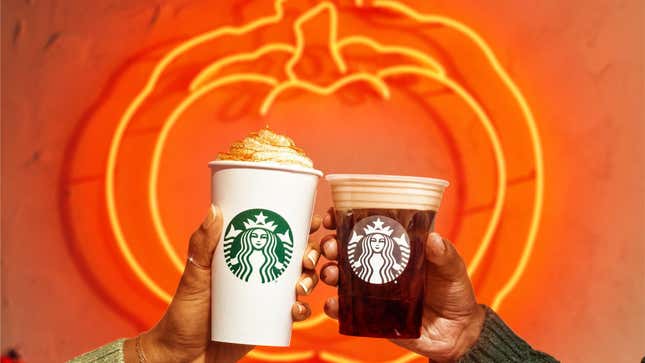
This year marks the 20th anniversary of Starbucks’ monumental decision to add cinnamon, nutmeg and clove flavors to its hot beverage lineup. The so-called Pumpkin Spice Latte, born in 2003, was a seismic event in the brand’s history, one that has helped solidify Starbucks as the nation’s second-largest fast food chain (yes, it counts as a fast food chain) and establish it as a tastemaker in the American dining landscape.
Whether you love or hate the #PSL, the drink has had a storied history in the two decades since its release. Here are a few facts you might not have known about the iconic beverage, which for better or for worse has become an undeniable harbinger of fall.










